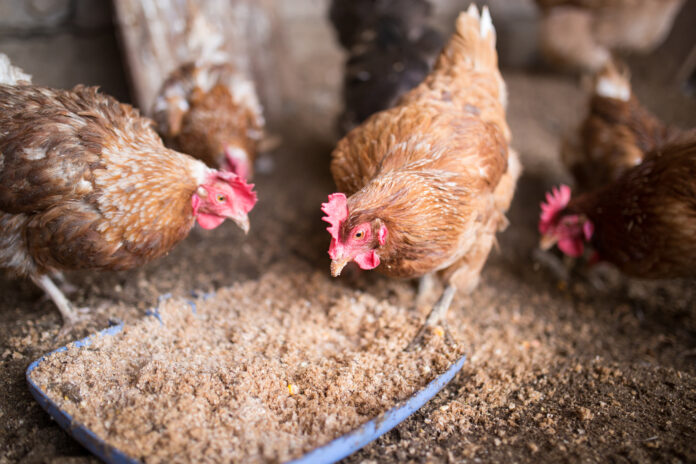
Raising poultry is a rewarding and sustainable endeavor that provides not only fresh eggs and poultry meat but also valuable lessons in animal husbandry and self-sufficiency.
Whether you’re a backyard enthusiast or a commercial farmer, understanding the fundamentals of raising healthy poultry is essential. In this comprehensive guide, we will take you on a journey from coop to table, covering every aspect of poultry raising, from selecting the right breeds to ensuring the health and well-being of your flock.
Section 1: Choosing the Right Poultry Breeds
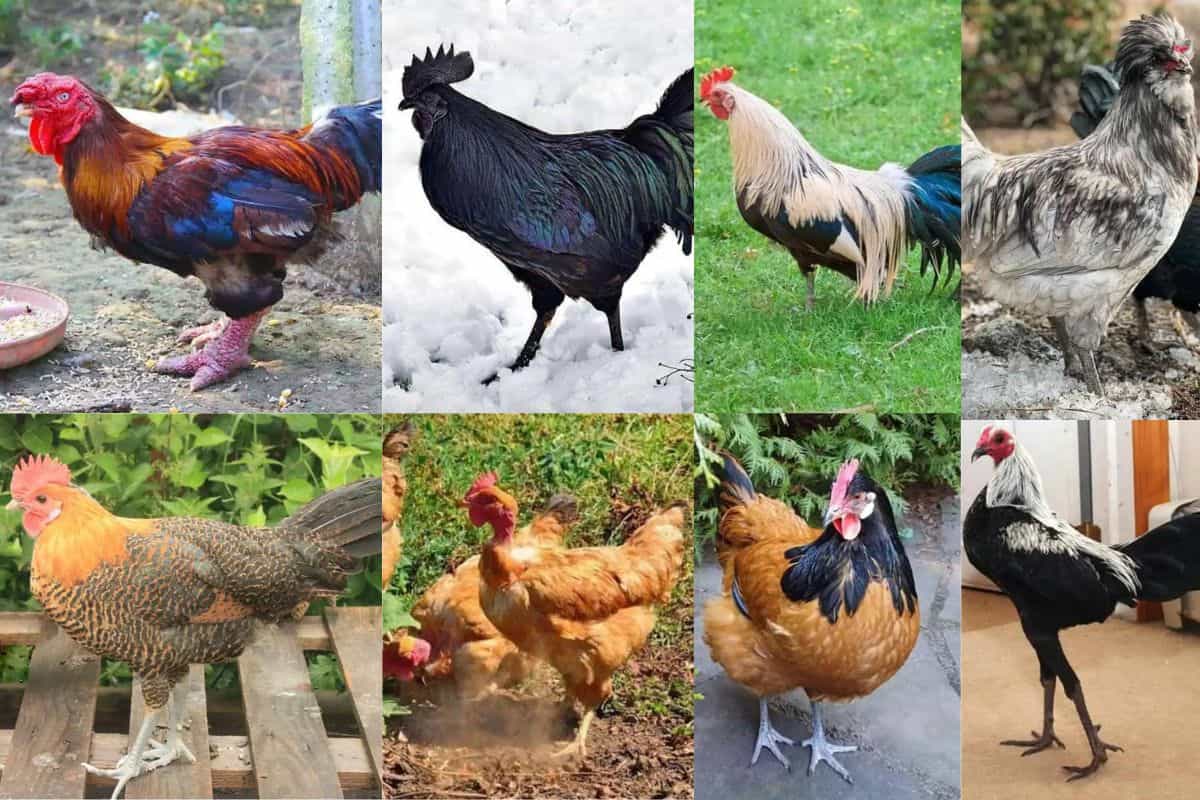
The first step in poultry raising is selecting the right breed for your goals and environment. Factors to consider include:
1.1 Purpose of Raising Poultry:
- Meat Production: Choose broiler or meat-specific breeds like Cornish Cross for efficient meat production.
- Egg Production: Opt for prolific layers such as Leghorns or Rhode Island Reds.
- Dual-Purpose: Some breeds, like Plymouth Rocks and Sussex, are suitable for both meat and egg production.
1.2 Climate and Environment:
Consider your local climate and space constraints. Some breeds are better suited for cold climates, while others thrive in warmer regions.
1.3 Heritage or Hybrid Breeds:
Evaluate whether you prefer heritage breeds with historical significance or hybrid breeds known for their productivity and efficiency.
Section 2: Building a Poultry Coop
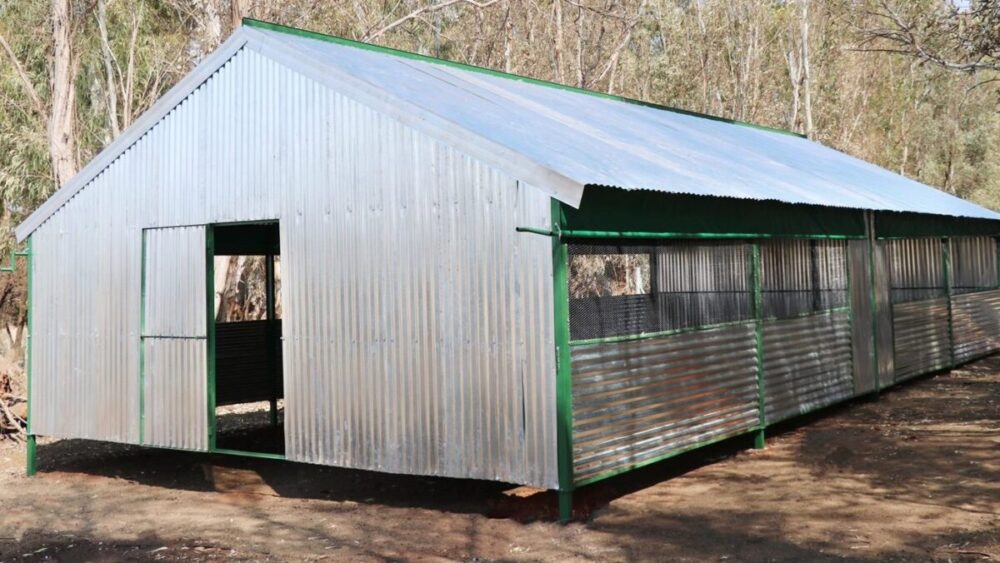
A well-designed coop is crucial for the health and safety of your poultry. Key aspects of coop construction include:
2.1 Coop Size and Design:
Provide adequate space per bird to prevent overcrowding. The coop should protect birds from predators, harsh weather, and provide proper ventilation.
2.2 Nest Boxes and Roosts:
Install nest boxes for egg-laying and roosts for sleeping to keep birds comfortable and productive.
2.3 Flooring and Bedding:
Choose appropriate flooring materials (e.g., dirt, concrete, or wood) and use bedding (e.g., straw or wood shavings) for insulation and cleanliness.
Section 3: Feeding and Nutrition
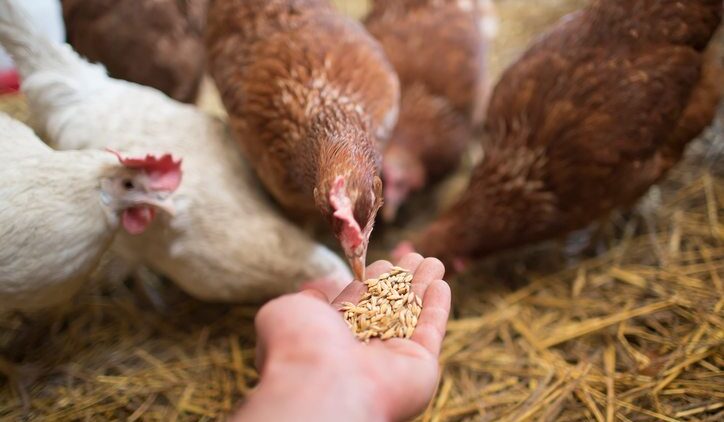
Proper nutrition is essential for healthy poultry. Consider the following:
3.1 Balanced Diet:
Provide a balanced diet that includes commercial poultry feed, grains, greens, and access to clean water.
3.2 Supplementary Feeding:
Supplement the diet with calcium for layers and protein for meat birds.
3.3 Grit and Oyster Shell:
Offer grit for digestion and oyster shell for calcium, especially to laying hens.
Section 4: Health and Disease Management
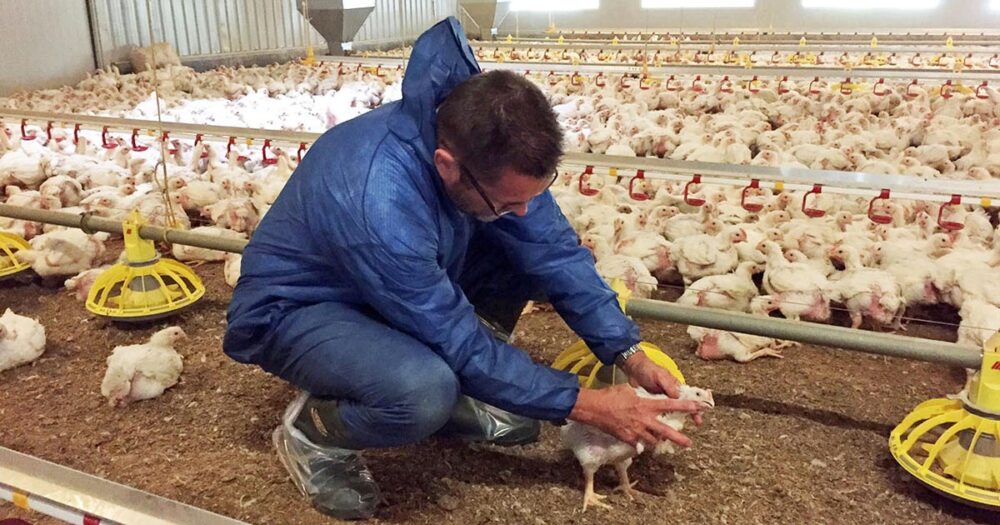
Maintaining poultry health is a top priority. Key practices include:
4.1 Preventative Measures:
Implement biosecurity measures to prevent disease introduction. Quarantine new birds and practice strict hygiene.
4.2 Vaccination:
Follow recommended vaccination schedules to protect your flock from common poultry diseases.
4.3 Monitoring and Observation:
Regularly observe your birds for signs of illness, stress, or injury, and take prompt action when needed.
Section 5: Egg Collection and Handling
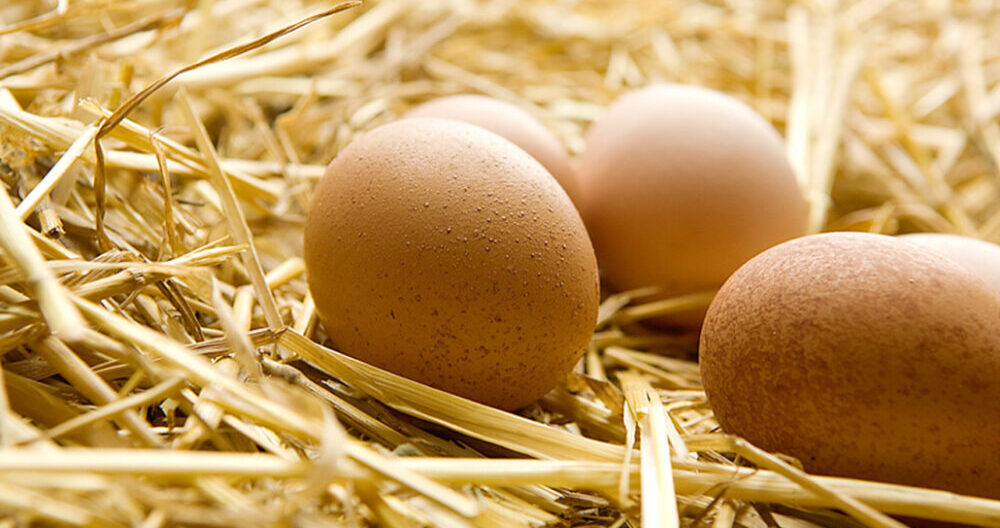
For those raising poultry primarily for egg production, proper egg collection and handling are crucial:
5.1 Daily Collection:
Collect eggs daily to maintain freshness and reduce the risk of breakage or contamination.
5.2 Cleaning and Storage:
Clean dirty eggs gently and store them in a cool, dry place. Refrigerate eggs if you plan to keep them for an extended period.
Section 6: Processing Poultry for Meat
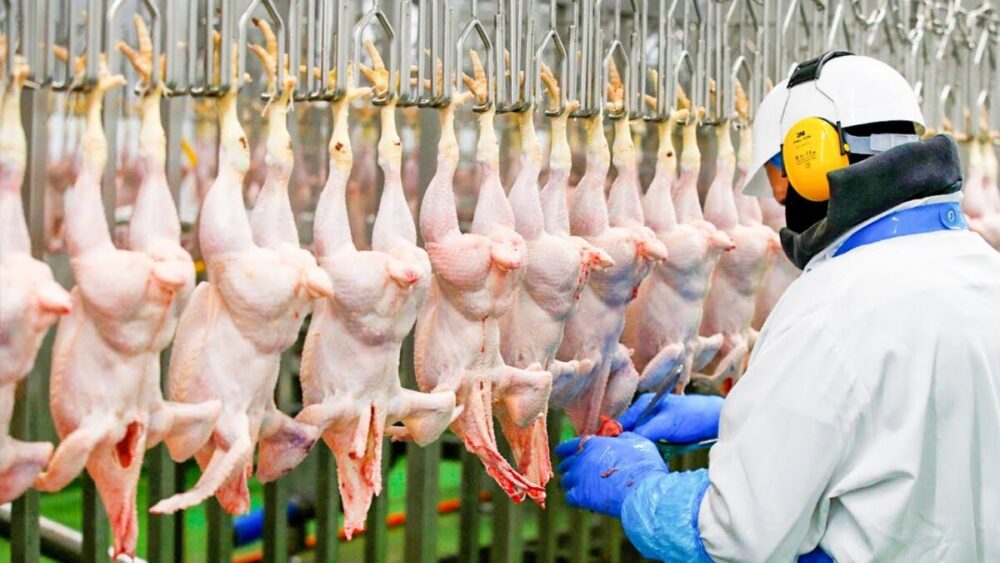
If you’re raising poultry for meat production, understanding humane processing techniques is essential:
6.1 Humane Slaughter:
Learn proper and humane methods for slaughtering poultry, ensuring a quick and painless process.
6.2 Meat Processing:
Follow safe meat processing practices to prepare poultry for the table.
Section 7: Sustainable Practices and Ethical Considerations
Poultry raising can align with sustainable and ethical principles:
7.1 Sustainable Practices:
Explore ways to reduce waste, recycle materials, and use renewable energy sources on your poultry farm.
7.2 Ethical Treatment:
Provide your poultry with a comfortable and humane environment, allowing them to express natural behaviors.
Conclusion
Raising healthy poultry is an enriching experience that rewards diligent care and attention to detail.
Whether you’re cultivating a small backyard flock or managing a commercial poultry operation, the journey from coop to table involves careful planning, dedication, quality poultry equipment, and a commitment to the well-being of your birds.
By following the guidelines outlined in this comprehensive guide, you’ll be well on your way to successfully raising healthy poultry that not only provides delicious and nutritious food but also contributes to a sustainable and ethical agricultural ecosystem.








